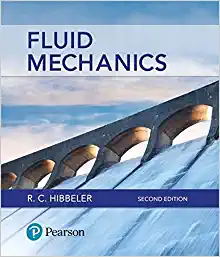






Charges in Electric Fields
1. The potential difference between two parallel plates is 1.5 x 10- V. You would have to do 0.24 J of work if you were to move a small charge, in opposition to the electric force, from one plate to the other. Calculate the magnitude of the charge. 2. An a particle has a positive charge of 2e and a mass of 6.6 x 10-27 kg. With what velocity would an a particle reach the negative plate of a parallel-plate apparatus with a potential difference of 2.0 X 103 V (a) if it started from rest at the positive plate (b) if it started from rest at a point halfway between the plates14. What are the magnitude and direction of the electric field strength at point Z in Figure 2? q1 = -2.0 x 10 5 C q, =8.0 X 10-6 C + 60.0 cm 30.0 cm X Y Z Figure 218. A charge of 1.2 X 10- C is fixed at each corner of a rectangle 30.0 cm wide and 40.0 cm long. What are the magnitude and direction of the electric force on each charge? What are the electric field and the elec- tric potential at the centre?3. A small object has an excess of 5.00 X 109 electrons. Calculate the magnitude of the electric field intensity and the electric potential at a distance of 0.500 m from the object.4. Two small, oppositely charged conducting spheres experience a mutual electric force of attraction of magnitude 1.5 X IIIIF2 N. 1What does this magnitude become if each sphere is touched with its identical, neutral mate, the initially neutral spheres are taken far away, and the separation of the two initially charged spheres is doubled? 5. 1What is the distance between two protons experi- encing a mutually repelling force of magnitude 4.0 x 10-11 N? 32. An electron with a speed of 5.0 X 10' m/s is injected into a parallel plate apparatus, in a vacuum, through a hole in the positive plate. The electron collides with the negative plate at 1.0 X 10 m/s. What is the potential difference between the plates?20. A 1.0 X 10 C test charge is 40.0 cm from a 3.2 X 10 C charged sphere. How much work was required to move it there from a point 1.0 X 102 cm away from the sphere?27. An oil droplet of mass 2.6 X 10 15 kg, suspended between two parallel plates 0.50 cm apart, remains stationary when the potential difference between the plates is 270 V. What is the charge on the oil droplet? How many excess or deficit electrons does it have? 28. A metallic table tennis ball of mass 0.10 g has a charge of 5.0 X 10 6 C. What potential difference, across a large parallel plate apparatus of separation 25 cm, would be required to keep the ball stationary?30. An electron is released from rest at the negative plate in a parallel plate apparatus kept under vacuum and maintained at a potential difference of 5.0 X 102 V. With what speed does the electron collide with the positive plate?23. What is the magnitude of the electric field between two large parallel plates 2.0 cm apart if a potential difference of 450 V is maintained between them?7. Two point charges, +4.0 X 10- Cand-1.8 X 10- C, are placed 24 cm apart. What is the force on a third small charge, of magnitude -2.5 X 10-6 C, if it is placed on the line joining the other two, (a) 12 cm outside the originally given pair of charges, on the side of the negative charge
























